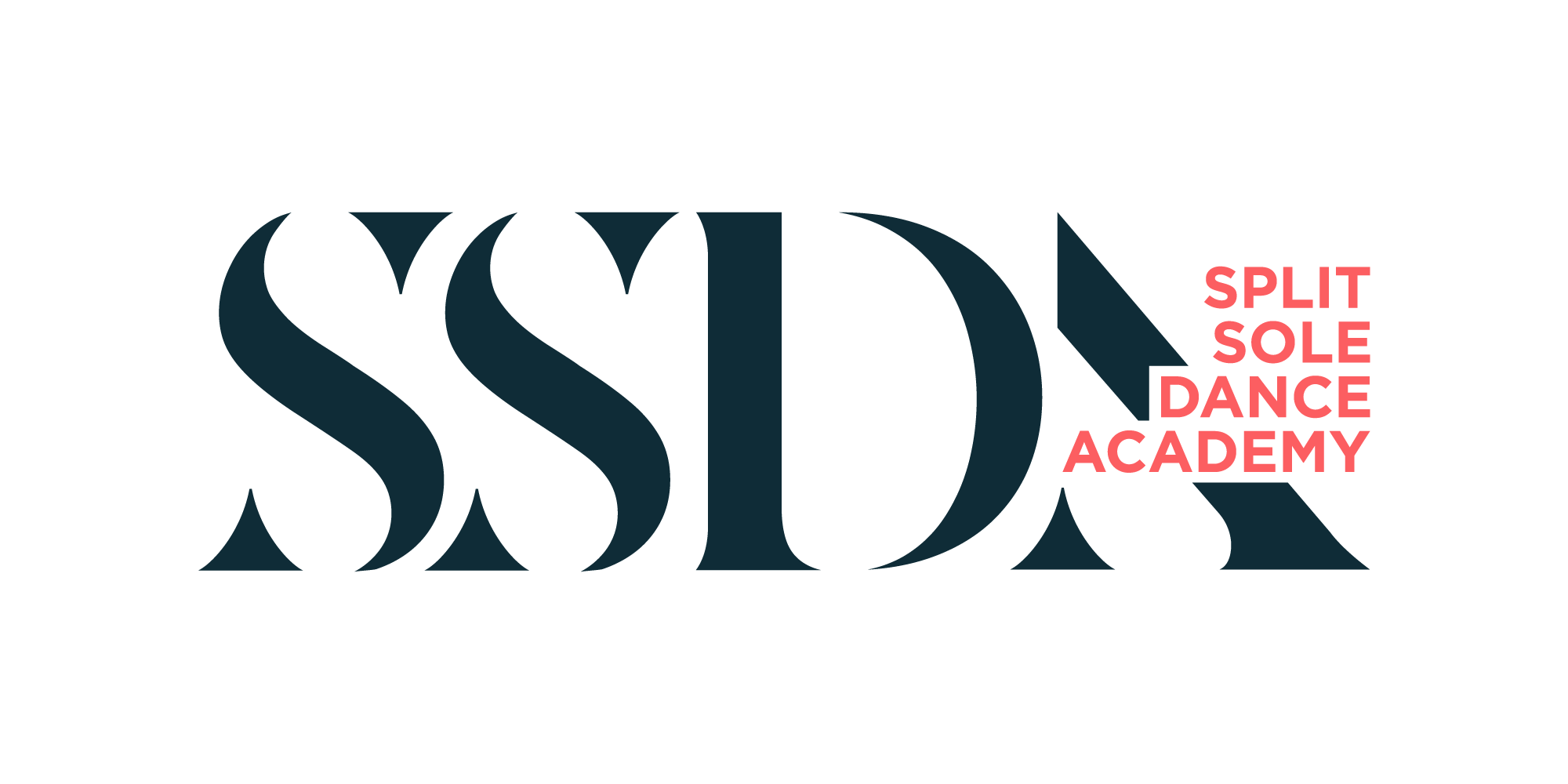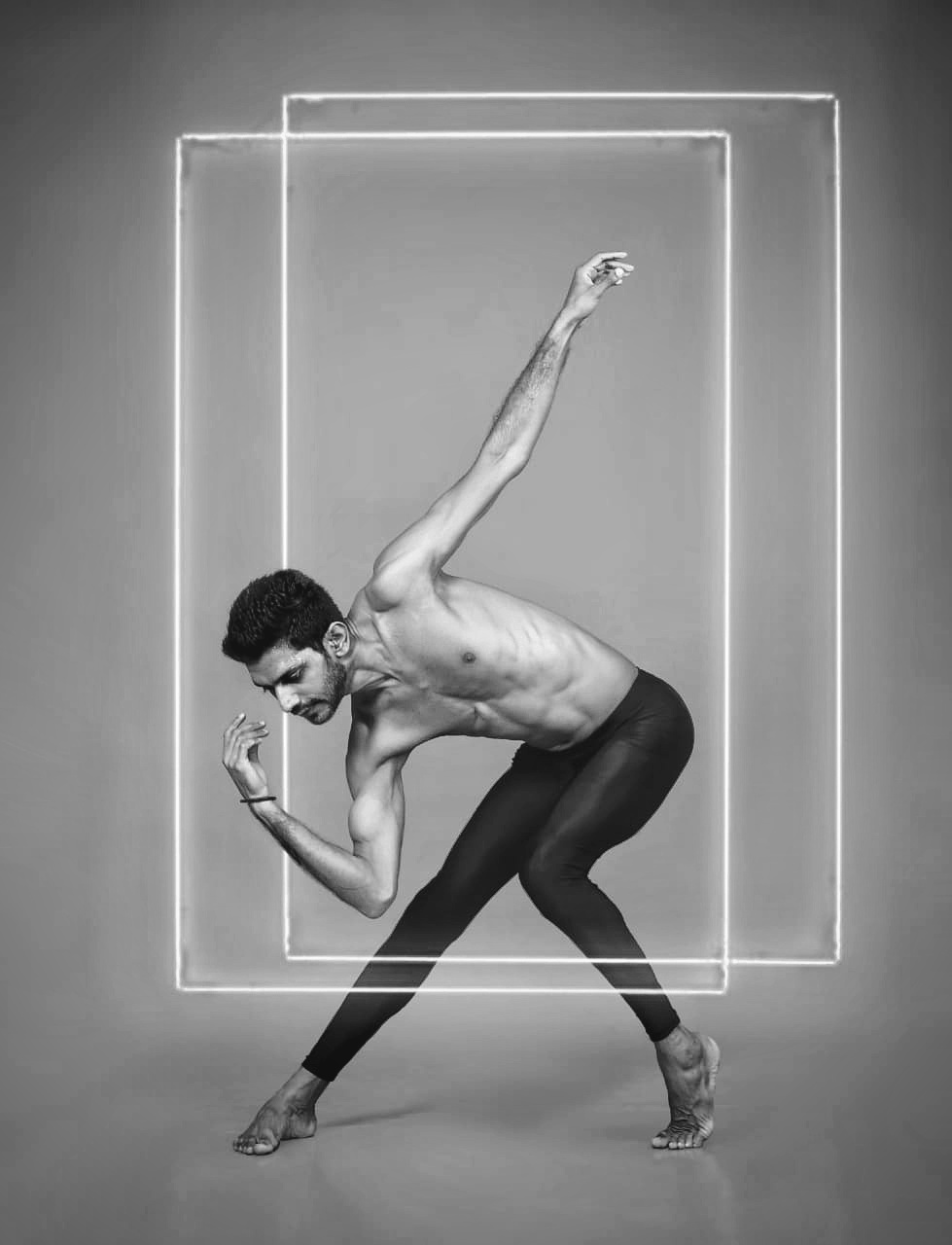It’s the wee hours of the morning. You’ve just returned from a revitalizing dancing class, where you learned, performed, and socialized with your dance buddies.
But the fun doesn’t stop there: you may continue to learn from a dancing lesson even after it’s finished!
Here are some pointers on how to practise after you’ve learned a piece to get the most out of it.
1. Break down the music
When choreographers dance, they highlight key points in the music.
A motion could be striking a bass hidden under snares, or following the melody of the singer’s voice, for example.
You might not hear the same things that the choreographer heard and danced to when listening to the song in class.
To practise after learning a piece, find the song after class, put on some earbuds (which will help you hear the hidden sounds), and thoroughly analyze the tune.
You’ll be able to hear every single note of the music and figure out how to visualize it.
You will feel more at ease with the dance after you have a deeper knowledge of the music.
2. Take it section by section
It’s perfectly acceptable if you can’t get the piece the first time you learn it, or even the second time you practise it.
You’re not competing with anyone; you’re practising for yourself! Review the item in sections, going over each picture and pathway slowly.
Then, as soon as you’re comfortable with it, increase the tempo.
You only have an hour in class to learn, but if you practise after you’ve learned a piece, you’ll have all the time you need to internalize and perfect the movement.
Remember to practise depending on the choreographer’s suggestions. Maintain a positive attitude and persevere no matter how many times it is necessary.
The key to “getting it” is repetition.
3. Get comfortable with being uncomfortable
You might discover moves in class that are unfamiliar and unsettling. However, that should not be seen as permission only to do half of them until you find a combination you prefer.
Put yourself to the test! If you stay in your comfort zone, you will never be able to grow.
You will build confidence in your body as you continue to practise new and unfamiliar motions, and you will progressively learn to trust your body more.
This video discusses committing to each move you make, no matter how uneasy it may feel at first. So keep an eye out and take notes!
4. Recognize the colour of the piece
The textures of the choreographer’s motions, not the colour of the choreographer’s shirt.
Different goals and vibes can drastically alter how the dance is interpreted, so pay attention to how the choreographer defines each motion.
It’s preferable to experience a film rather than see it and know what it’s about.
It makes no sense for you to practise expressing grief if the choreographer wants to communicate happiness.
Typically, the choreographer will discuss the piece’s backstory.
When practising after learning a piece, keep the tale in mind while dancing it as if you were a part of it.
5. Have a recording of the choreographer doing the piece
When practising, having a guide is usually beneficial. Bakers use recipes to guide them in creating the perfect cake.
The cake wouldn’t be as wonderful if they just tossed a bunch of random things together…
It also helps to have that recipe book – a video! – when you’re trying to practise a piece.
At the end of class, find or record the choreographer performing their piece.
Also, make a recording of yourself performing the piece!
Recording yourself can assist you to see how you are executing the piece about the choreographer, especially if you don’t have a mirror or only have a small one at home.
The idea is to reference the choreographer’s execution, musicality, and performance rather than be a carbon replica.
You will better understand your skills and limitations as you view yourself dancing, which will help you focus on what to practise.
There is always more to learn from a class than can be known in 1.5 hours.
Take it upon yourself to make the most of each opportunity by practising once you’ve learned a piece! We hope these pointers assist you in expanding your horizons!

